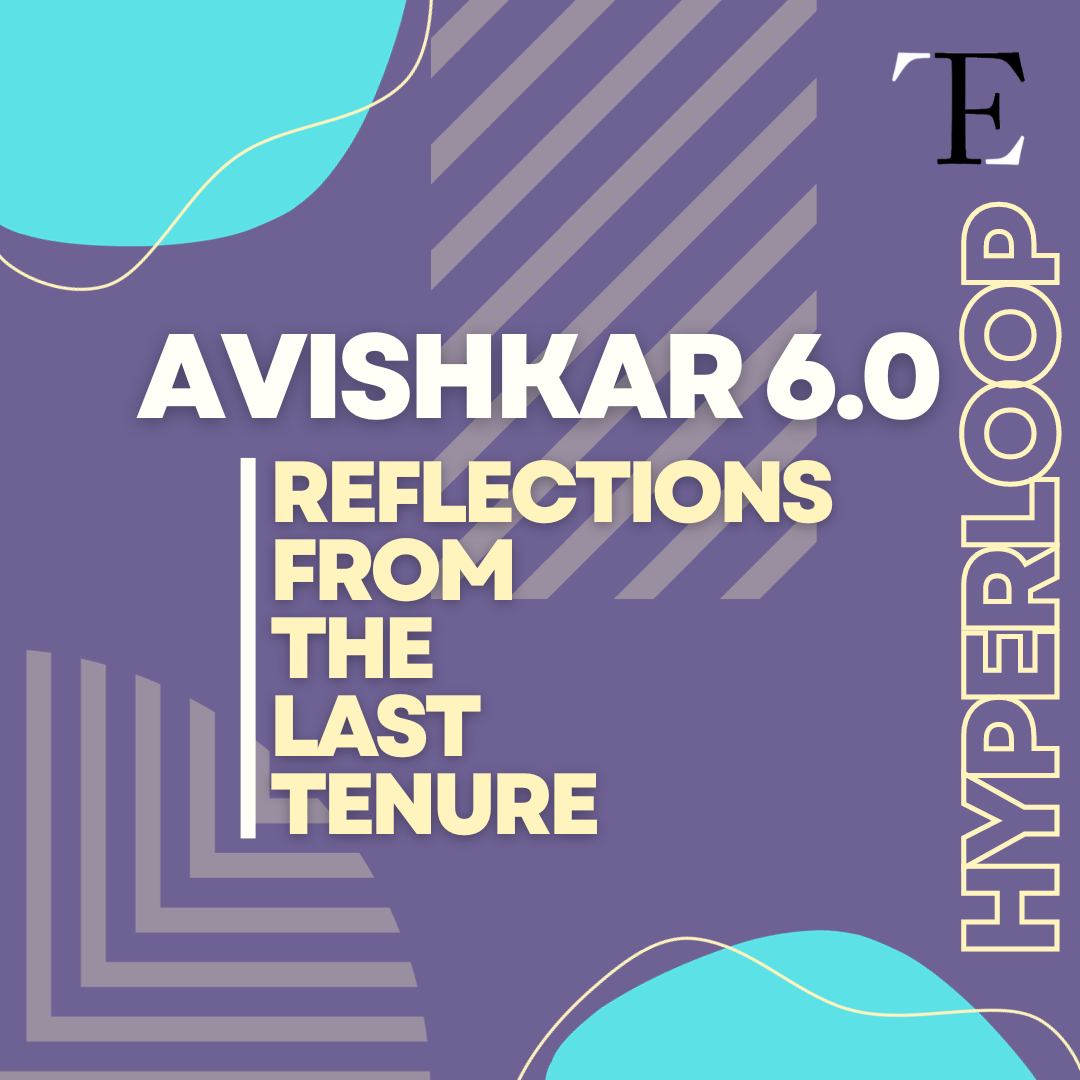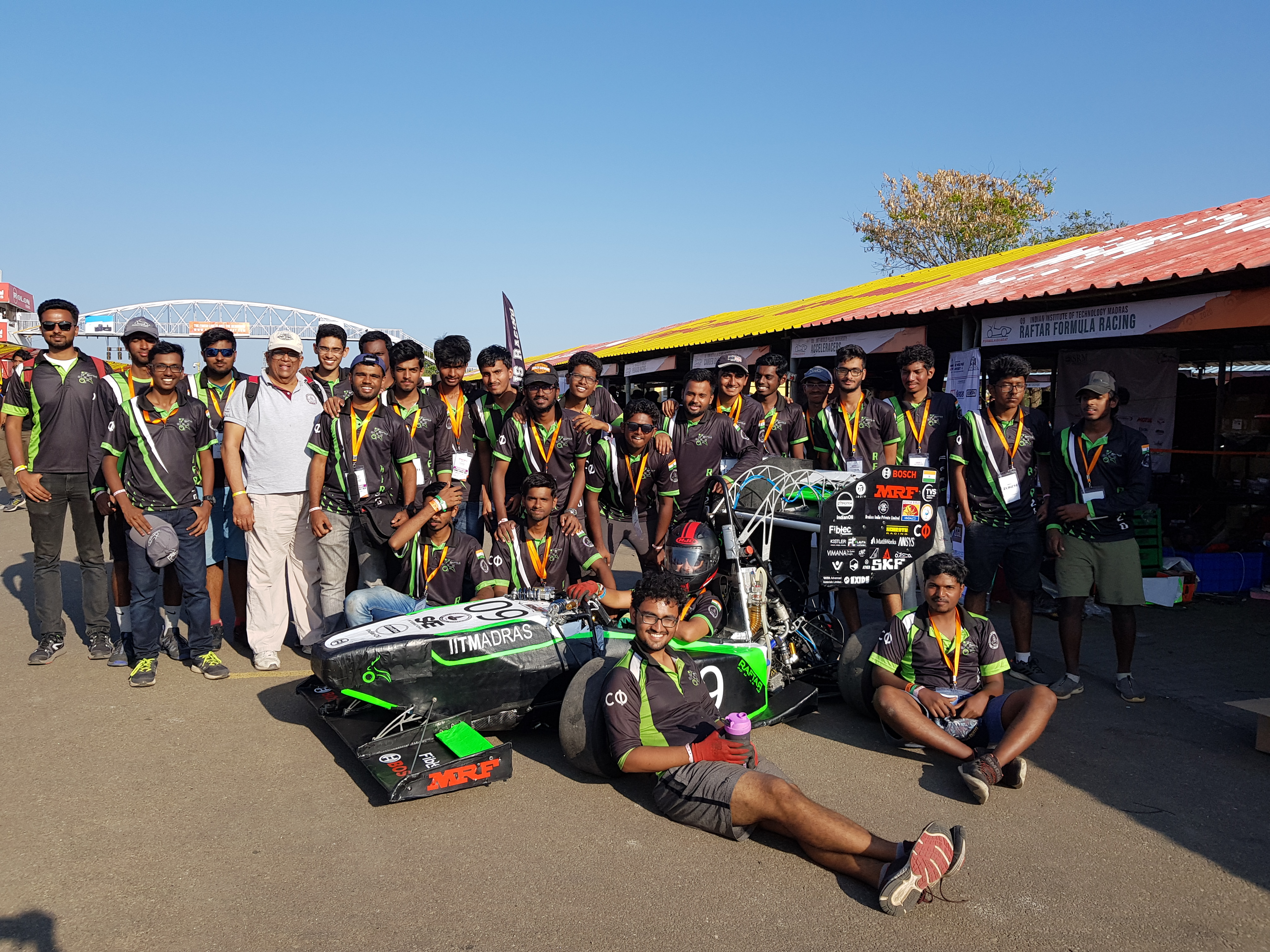We do not think of subatomic particles as easily detectable, and when it comes to sheer elusiveness amongst them, the neutrino beats them all hands down. This tiny particle had eluded the grasp of experimental physicists for many years, and the Nobel laureate Wolfgang Pauli must have felt a very similar frustration when he postulated the existence of neutrinos, famously saying ‘I have done a terrible thing: I have postulated a particle that cannot be detected.’ Frederick Reines called it ‘…the most tiny quantity of reality ever imagined by a human being’. Coincidentally (or not), Dr Reines was awarded the Nobel Prize in 1995 for his involvement in the first-ever experimental detection of the neutrino.
So what are neutrinos, and why the hubbub around something so vanishingly small? A neutrino is a subatomic particle that is very similar to an electron but has no electrical charge and a very small mass. To picture just how minute the scale of a neutrino is, this delightful piece by xkcd author Randall Munroe tries to answer the (obviously hypothetical) question, ‘How close would you have to be to a supernova to get a lethal dose of neutrino radiation?’

xkcd comics
There are at least three different types or flavours of neutrinos, depending on the particle they are associated with: the electron neutrino, muon neutrino and tau neutrino. The Nobel Prize in Physics was awarded to Takaaki Kajita and Arthur B. McDonald in 2015 for their discovery that neutrinos oscillate between these different flavours, which showed that neutrinos actually have mass.
Although unlike photons or charged particles, neutrinos travel across the universe without any interference, as they are not deflected by interstellar magnetic fields, or absorbed by intervening matter. They are only influenced by the weak nuclear force. However, this same trait makes cosmic neutrinos extremely difficult to detect – enormous instruments are required to find them in sufficient numbers to trace their origin.
The Deep Underground Neutrino Experiment (DUNE) is one such neutrino experiment under construction, with a near detector at Fermilab in Illinois and a far detector at the Sanford Underground Research Facility in South Dakota that will observe the neutrinos produced at Fermilab. Once it is completed and fully functioning, an intense beam of trillions of neutrinos will be fired from Fermilab over a distance of 1,300 kilometres to a detector located underground at the Sanford Lab. The scale of the project is mind-boggling: about 870,000 tons of rock will be excavated to create the caverns for the far detectors.
Previous experiments to detect neutrinos have taken place deep underground in zinc and gold mines and the IceCube Neutrino Observatory constructed at the Amundsen–Scott South Pole Station in Antarctica. It has thousands of sensors that are located under the Antarctic ice and are distributed over a cubic kilometre.
To learn more about these fascinating subatomic ‘ghosts’, courses such as Advanced Particle Physics (PH5811) and the NPTEL course on Astrophysics and Cosmology can be beneficial. Several video lectures available online, some even delivered by scientists from CERN, can help explore this topic in greater detail.
What lies in the future? The T2K experiment started in 2010 in Japan, studies the rates at which neutrinos and antineutrinos oscillate. Through this, they hope to gain insight on the matter-antimatter asymmetry or the observed predominance of matter over antimatter in the universe. The Karlsruhe Tritium Neutrino (KATRIN) experiment in southwestern Germany is a massive undertaking to determine the actual mass of the neutrino. What’s a reasonable estimate so far? According to physicist Joseph Formaggio, it’s somewhere between 10 millielectronvolts and 2 electronvolts. For comparison, the humble electron has a mass of about 511,000 eV.
Science Deconstructed is a series which aims to introduce some exciting advancements made by the scientific community in simple terms with guidance on how to pursue these fields in the institute, along with features of research by groups in the institute. Send in your requests for the same at [email protected]. Suggestions/ comments are always welcome.
Series by: Sankalpa Venkatraghavan




